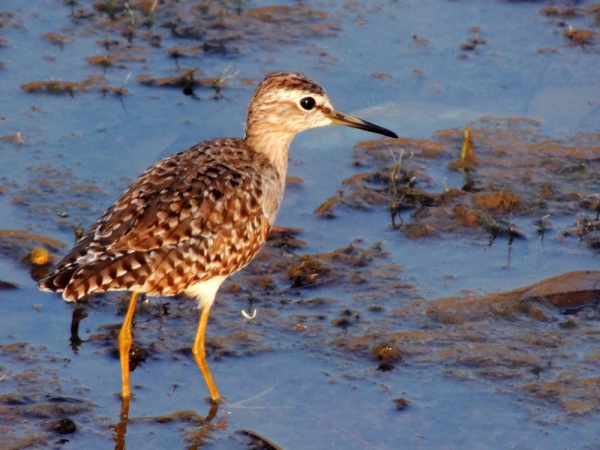Facts About Wood sandpiper
The wood sandpiper is a small, endearing wading bird from the Scolopacidae family, making it the smallest member of the shanks. One of its most distinctive features is its long legs. The bird's scientific name, Tringa glareola, has intriguing origins: "Tringa" derives from a Greek word for a thrush-sized, white-rumped wader, while "glareola" comes from the Latin word for gravel.
This diminutive bird is often mistaken for its relatives, the green sandpiper and solitary sandpiper, but it is more closely related to the common redshank and marsh sandpiper. You can identify it by its brown back, yellowish legs, and a less prominent white rump patch.
Wood sandpipers breed in the subarctic wetlands of Europe and then undertake an impressive migration to warmer regions such as Africa, Southern Asia, and Australia during the winter. They are known to wander, with occasional sightings as far afield as the Hawaiian Islands and the Marshall Islands. These birds primarily feed on insects and other small invertebrates, nesting on the ground or sometimes using old nests left by other birds.
During migration, wood sandpipers can be observed foraging in freshwater habitats, where they probe the water or mud for food. They molt at various times throughout the year, which affects their flying abilities differently depending on their age.
The species is protected under the Agreement on the Conservation of African-Eurasian Migratory Waterbirds (AEWA). Fortunately, the wood sandpiper is not currently at risk, being classified as a species of Least Concern by the IUCN due to its wide distribution.

 Germany
Germany